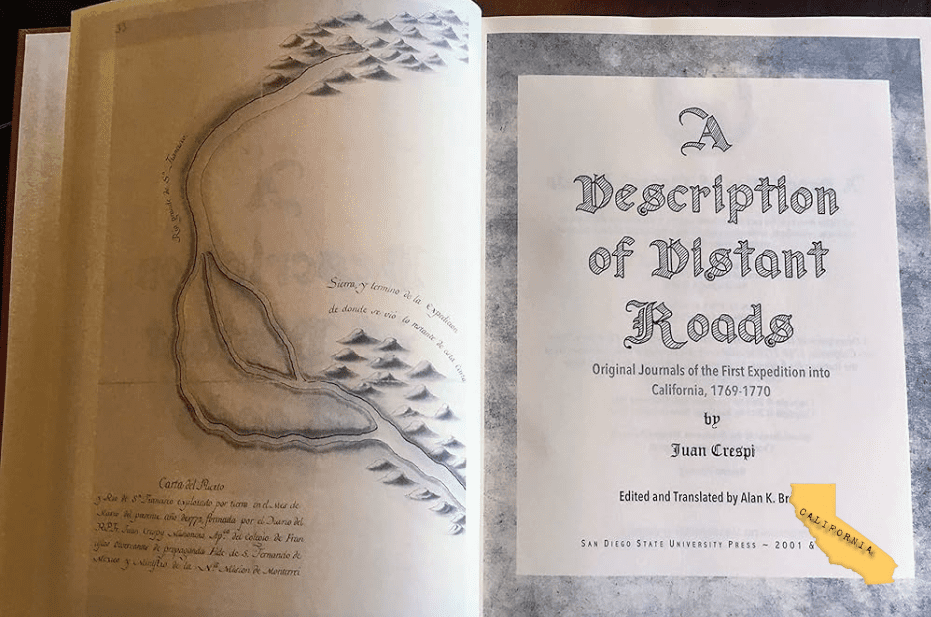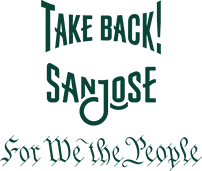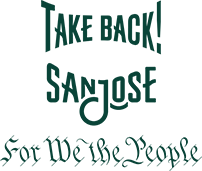
Image by San Diego State University Press
In 1769, Father Juan Crespi journeyed with Spanish officials to establish mission settlements in Alta (Upper) California. His diary, excerpted below, recalls Christmas ’69 as “biting” cold—but abounding in good food, gifts, and jovial communion, between friends and strangers alike. From The Journal of San Diego History.
Christmases have always touched the heart. So it was during California’s first Christmases; so it is today.
Father Juan Crespi wrote the earliest known descriptions of Christmases in Alta California. They can be found in the diary he kept while accompanying Governor Gaspar de Portola on his search in 1769 for Monterey. The December 24 entry reads:
On this day before Christmas…we set out in the morning on the same road by which we came…. The march covered three leagues, and we halted on the same spot as on the 10th of September, which was in the valley of El Osito de San Buenaventura. It was God’s will that we should celebrate the Nativity joyfully, which was done in this way: more than two hundred … of both sexes came to visit us in this place, bringing us Christmas gifts, for many of them came with good baskets of pinole and some fish, with which everybody supplied himself, so that we had something with which to celebrate Christmas Day. Blessed be the providence of God, who succors us more than we deserve! These gifts were returned with beads, which pleased them greatly.1
The entry, December 25, was not so joyful:
On this day of the Nativity of Our Lord we could not celebrate in any other manner than by saying Mass…. The cold is so biting that it gives us good reason to meditate upon what the infant Jesus, who was born this day in Bethlehem, suffered for us. We made three leagues and a half, and went to stop a little farther to the south of the estuary of Santa Serafina, close to a small village of Indian fishermen, from whence a great deal of fish was obtained in exchange for beads, with which all provided themselves. So we celebrated Christmas with this dainty, which tasted better to everyone than capons and chickens had tasted in other places, because of the good sauce of San Bernardo hunger which all had in abundance.2

